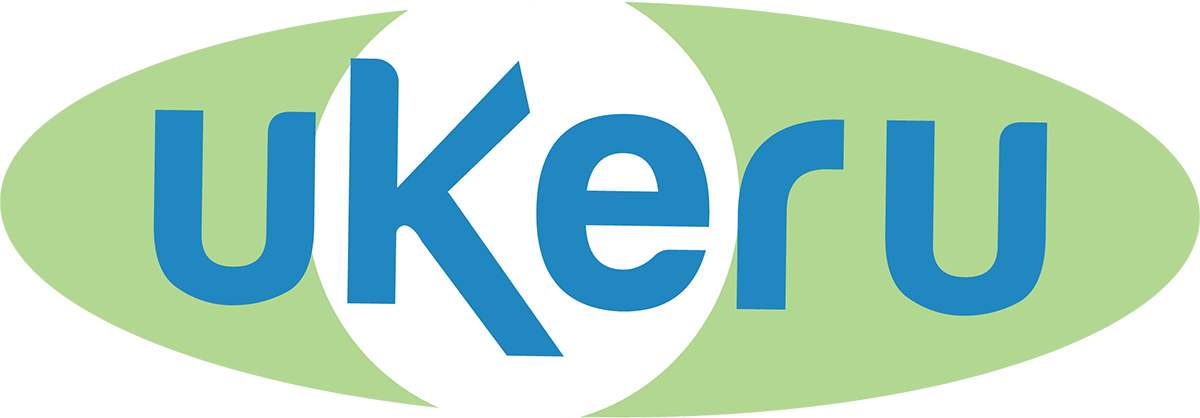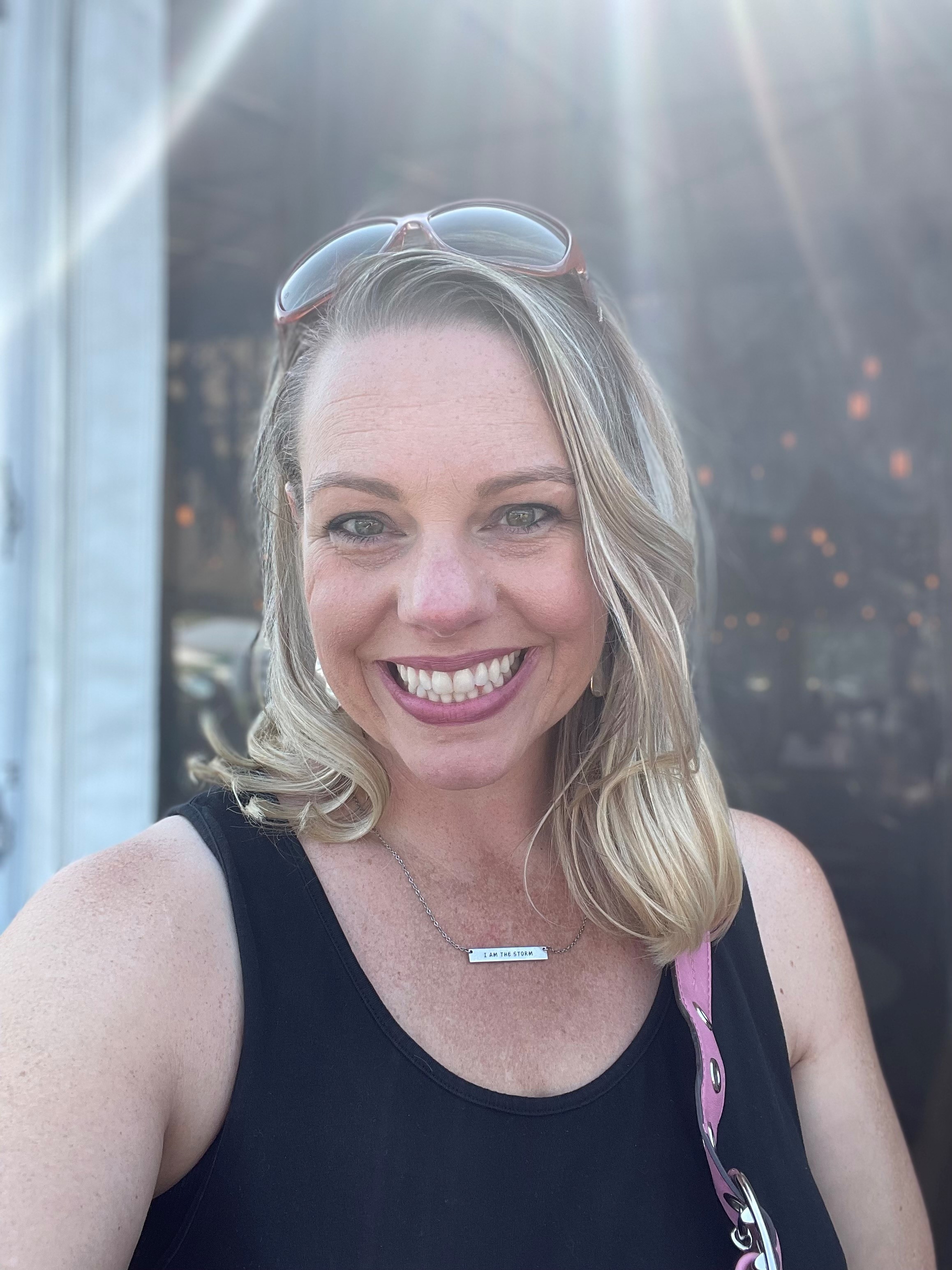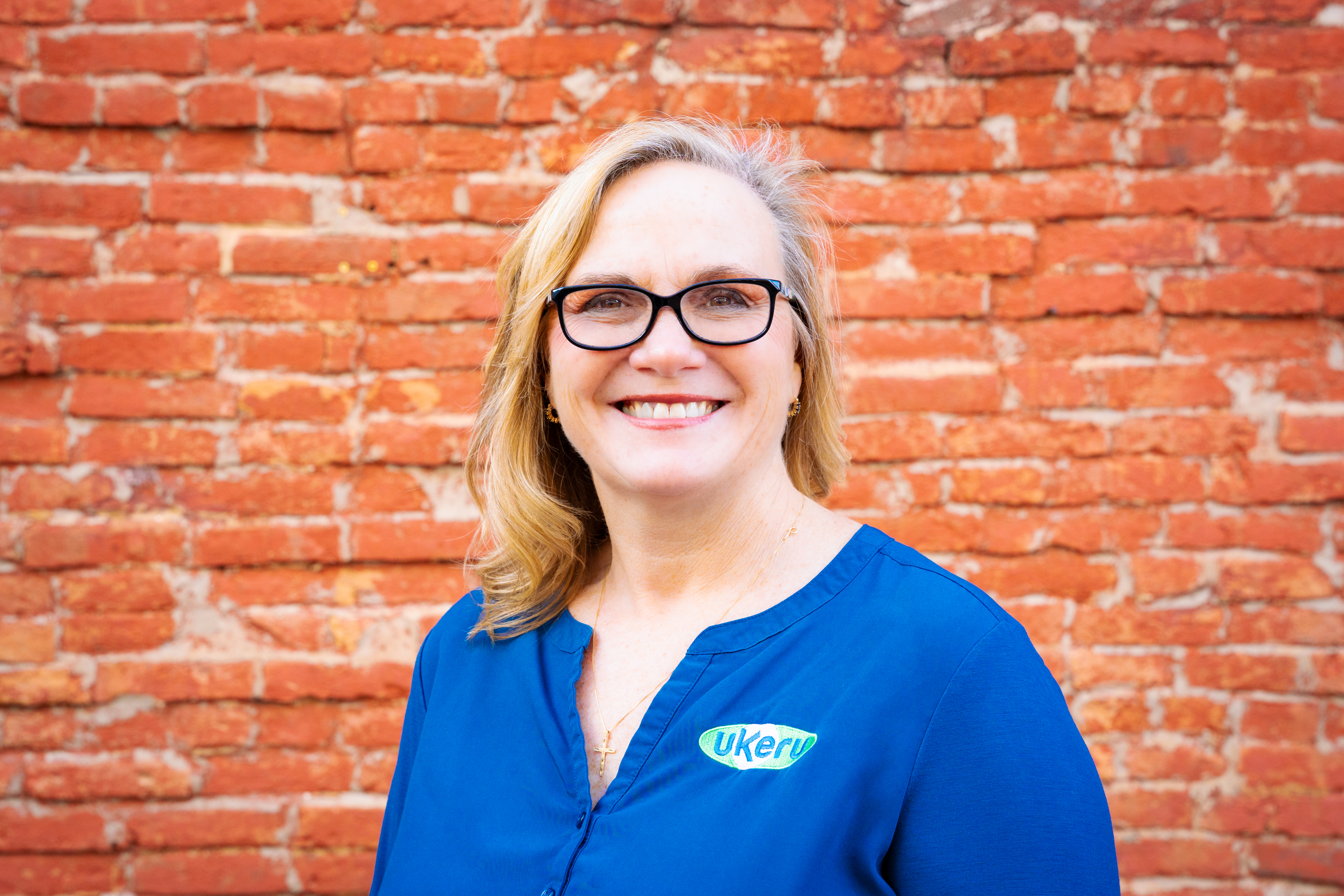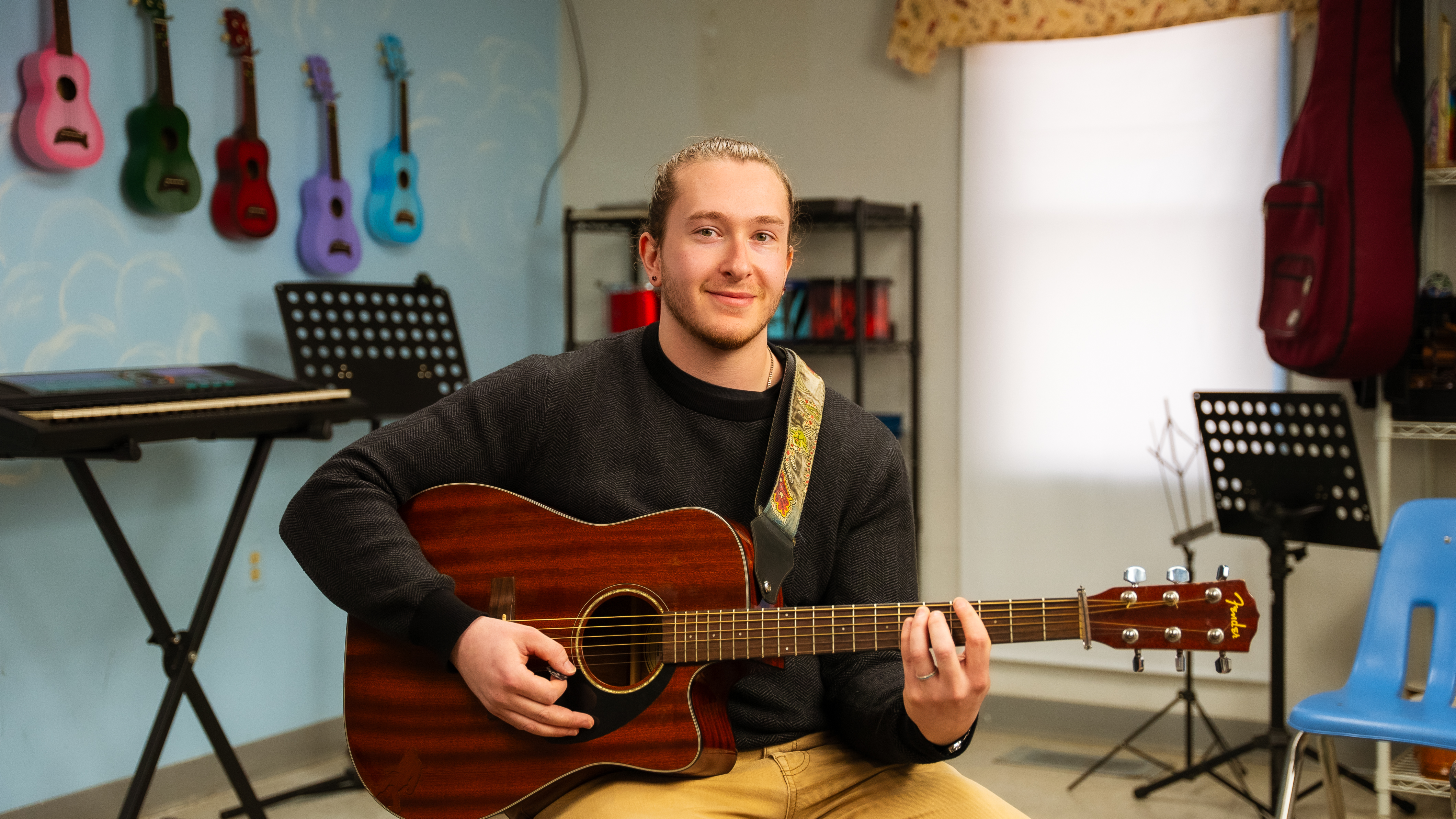As part of our efforts to share information and help support a vision of eliminating restraints and seclusions, we want to shine a spotlight on individuals and organizations making strides toward a trauma informed, person centered environment. Mark Gleason, Chief Operating Officer of Northwestern Community Services, exemplifies this spirit. As a nearly 30 year veteran in behavioral healthcare, he has ample experience from which to draw.
Q: To start, what is your background?
A: I began my career working in locked psych wards with children. I’ve also worked in residential care, inpatient and outpatient environments. I’ve worked with both children and adolescents and, now, with adults.
Q: Northwestern uses the Ukeru training approach. What has your experience been?
A: I’ve been an instructor in other systems for a long time and I’ve seen a lot of different systems. After going to Grafton to observe the Ukeru training — which can be seen online as well — I was able to look at it in informed way. It was clearly just better; more dignified, more respectful and better able to adapt in different environments.
Ukeru is very personal. A lot of other systems have been around a while and they are clearly businesses. With Ukeru, there is a different level of accessibility and discussion. For trainers, it’s very interactive. Even after the training, Ukeru is very helpful in terms of responding to ongoing questions. It is a true partner in helping to create and maintain a restraint free environment.
The feedback on the training is that it’s actually fun. Don’t get me wrong; it’s hard work. But we find the employees embrace it. Because they enjoy it, we get much more buy in and retention.
Q: How does this compare to your experience with other trainings?
A: Northwestern is a large organization with many different kinds of programs – from residential to outpatient, spanning all ages. What I noticed with other training programs is that they had no flexibility or ability to adapt to different populations with different needs. It was a cookie cutter approach. They also spent a lot of time on “control” techniques.
Q: Having worked in many acute settings and with clients in crisis, what is your view on the use of restraints and seclusions?
A: To be honest, I’ve struggled with restraints and seclusions. I’ve been in the field since 1986 and have seen many changes over that time. It used to be very control oriented and restraint-based. I remember the first place I interviewed used “wet sheet” treatment. When I reflect on that, I think, “Wow, we’ve come a long way.”
Q: What would you say to those who think retraints and seclusions are necessary; that, without them, we invite greater risk?
A: Some might argue that restraints are necessary in certain environments. But I’ve worked in many different environments, including in locked psych wards. Even with that experience in mind, I don’t believe restraints are the answer. Maybe there is an environment for it; but I don’t personally believe that anymore.
In addition, our greatest asset is our people and staff injuries were an issue. Restraints have a high profile of injuries. I know that because I used to do it; I still have bite mark scars on my hands. By transitioning to a restraint-free environment, Northwestern’s staff injury profile has gone down.
Q: How does a restraint free approach benefit:
The individual in distress?
Clients can often sense when someone is about to restrain them. They start defending themselves. When staff has an approach that is very client-centered, looking at it from a comfort perspective, the clients don’t feel the need to defend themselves. By just alleviating that anxiety for the client, by moving to “comfort” versus “control,” individuals don’t gear themselves up for a crisis. If they understand that they won’t be physically controlled, it allows for a more therapeutic approach.
The caregiver?
When staff realizes that the organization is not expecting them to use restraints, it’s actually a huge relief to them. They are able to think more about the therapeutic needs.
Others who are present?
In a classroom situation, for example, you have to consider: what is the message you are sending students if a teacher tries to physically control their peer? First of all, the teacher is now ignoring all but one individual in the classroom; the focus narrows down to one single student. It also creates an environment that is very unpredictable.
In contrast, if you establish an environment that is very person centered, the classroom becomes a place where each student has a sense of comfort and calm.




